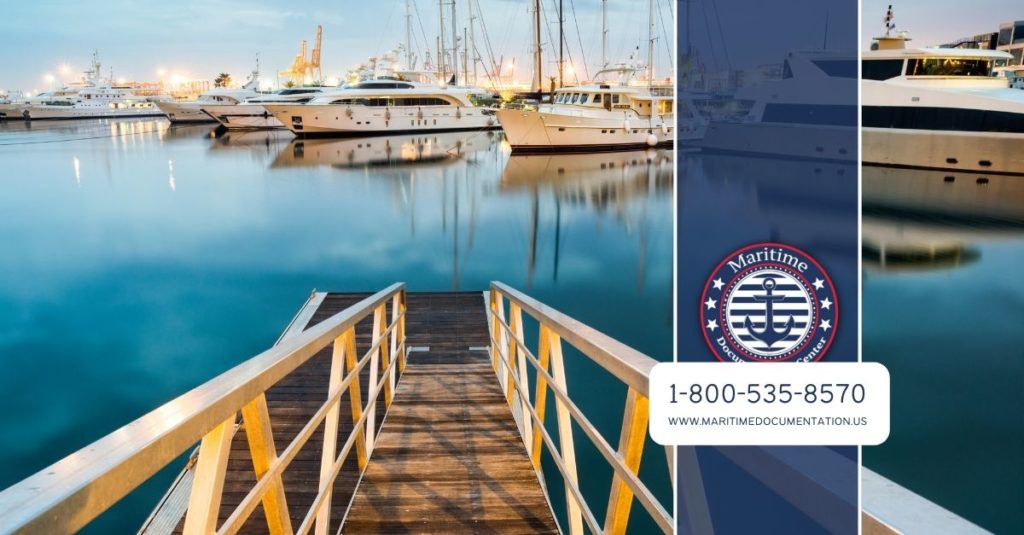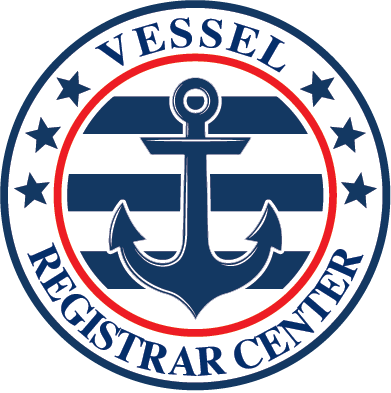Do you want a yacht that has a history? A USCG-documented watercraft may be a good option for those who have no idea what sort of boat they desire or how they intend to use it. All USCG laws will be met, your money is protected, and insurance companies or banks will regard it as collateral for a loan when buying a documented boat. If you’re looking to buy a documented vessel, it’s easy to get overwhelmed by the plethora of laws and regulations, according to govinfo.gov.
Because of this, it’s critical to know what you’re searching for and what information you need to get the proper papers—buying a boat? Ensure it’s compliant with USCG standards by reading this page, which will walk you through the necessary paperwork and information. To make things easier for everyone, we’ll set everything out in simple English, so no matter whether you’re new to boats or an experienced veteran, this blog article will assist you with purchasing a new boat.

The Bill of Sale
Hopefully, I’ve persuaded you that buying a documented boat is the most logical course of action for your situation. It saves time and money to purchase an authorized boat since it means you will get assistance from the manufacturer, and most importantly, the U.S. Coast Guard will cover you in the event of an accident or damage.
From the beginning of your search (and particularly when considering a used boat) for a new boat, you should insist on seeing the paperwork verifying that boat’s origins and its current documentation status. When purchasing a documented yacht, the bill of sale is the most critical piece of USCG paperwork you’ll need. The bill of sale establishes legal ownership of the vessel. It provides purchasers with essential information, such as the seller’s contact information and the buyer’s name and contact information, among other things.
The Certificate of Documentation
When making an offer to purchase a boat, the certificate of documentation is the most crucial document you should make sure you have in your possession. This document will contain all of the necessary information and the name of the vessel’s owner, and the vessel’s identification number. The first page, also known as the cover page, will contain general information about the boat.
Additionally, it will contain information about any documentation held by another government agency. Ensure to examine this section since it will inform you whether or not someone has previously claimed ownership of the vessel (maybe they do not desire to sell via your company). If you’re planning on purchasing insurance for your purchase, you’ll need this information. Make sure that you understand what is required from this document and how much it will cost you.
Certificate Of Inspection (COI)
If you want to establish your boat’s seaworthiness, you’ll need a Certificate of Inspection (COI). All materials (fiberglass and wood pieces), paints, mechanical parts, seats, wiring, and electrical equipment have undergone inspection, identification, and documentation by the Coast Guard to verify that they are safe. All paperwork must be notarized and signed by a USCG-approved maritime surveyor or a licensed state or U.S. builder engaged in the conceptualization of the vessel if there are no surveyors in the region where the vessel is being built.
As a result, the boat’s builder is responsible for ensuring that the design modifications made throughout the construction process are appropriately implemented. Additional forms with pictures and diagrams may be required in certain situations by builders to show how to code standards constructed for all sections of the vessel.
You Need the Hull Identification Number (HIN) When Buying a Documented Boat
Finding the HIN, or Hull Identification Number, is an excellent approach to looking for a USCG-documented boat. There is a place for your HIN on the boat’s name. Using this number, you can determine if your vessel is legally registered and avoid purchasing an uninsured vessel. Keeping track of your boat’s hull identification number (HIN) is critical.
The Coast Guard issues each boat with a hull number that serves as a unique identification. Having your HIN readily available informs you when and where your boat was created, its production location, whether or not it has been documented and whether or not the owner is evident. Using the HIN, you can verify that your boat is compliant with all USCG regulations for construction, equipment, and stability and see a history of any modifications done to it.
It is permissible to acquire a documented vessel without confirming the actual certification provided you and the vendor can establish that the applicable requirements have been complied with. As a result, you may end yourself in a situation of uncertainty. As a result, we suggest that you get a copy of the boat’s survey report when you acquire the vessel. You are ultimately responsible for ensuring that the boat you operate complies with applicable rules.
Take the time to figure out what you need before making a purchase. It may be a good idea to contact a lawyer knowledgeable about licensing regulations if you plan on importing a watercraft into the United States. If you want to prevent any issues, go through the following paperwork checklist and call the proper departments at 1-800-535-8570 if you need assistance.




